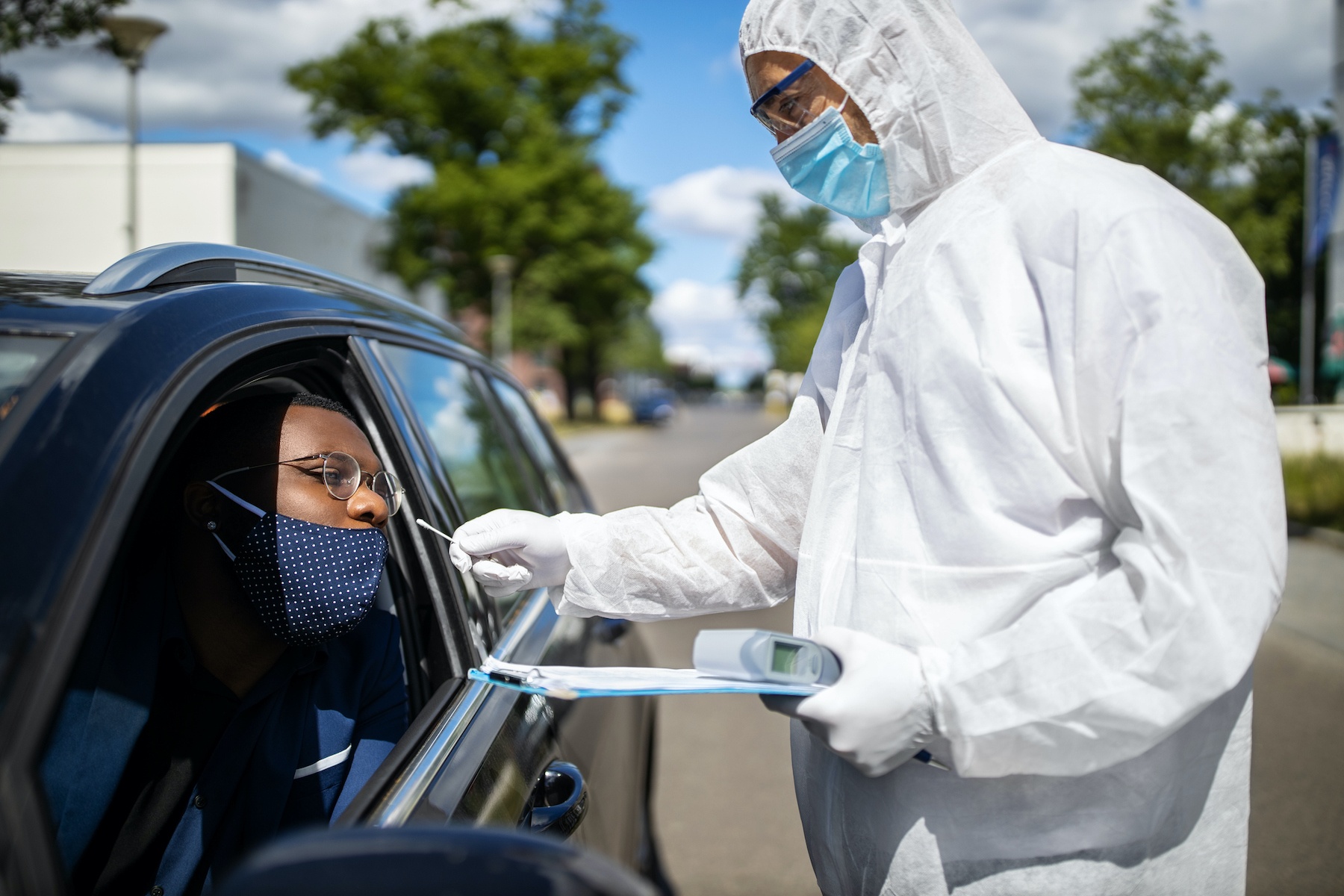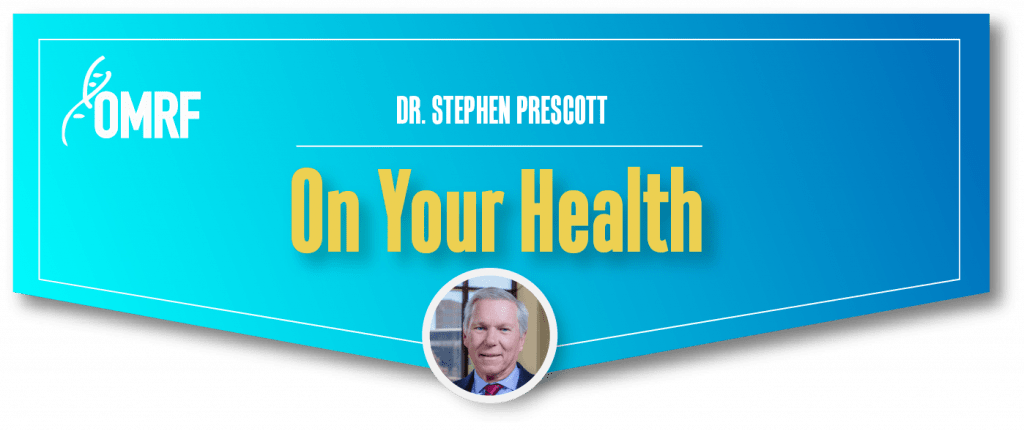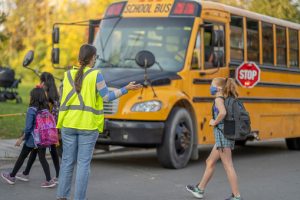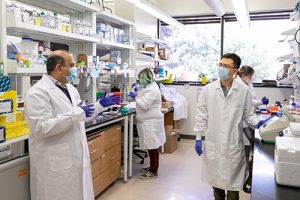Now is the autumn of our discontent.
Covid-19 cases, hospitalizations and deaths are rising at alarming rates across the region and country. In contrast with earlier surges, which prompted mask mandates and shutdown orders, this one seems unlikely to trigger widespread restrictions. The reason? The American public is also suffering from another dangerous malady: pandemic fatigue.
With cooling temperatures about to drive us all indoors for the foreseeable future, the viral surge and collective shoulder-shrugging couldn’t come at a worse time. Widespread vaccination likely will not come until the middle of 2021, so the stage looks set for a grueling fall and winter.
Deep sigh.

I can see all the weary parents shaking their heads at the prospect of months of kids at home for online school. Ditto for all those employers and employees handcuffed by the inability to return to anything approaching pre-pandemic office staffing levels.
But before you jump onto another Zoom call alongside your “coworkers” Chewbarka and Mr. Pickles, know that it doesn’t have to be this way. You see, systematic viral testing programs can provide a way forward, offering the opportunity to keep our schools and businesses open without becoming viral hotbeds.
In the Northeast, the Broad Institute at MIT and Harvard has helped more than 100 colleges and universities stay open by processing 45,000 tests of students and staff members a day. At those schools, this approach has helped keep infection rates below 0.2%.
Oklahoma Medical Research Foundation Senior Vice President and General Counsel Adam Cohen’s son Theo is a sophomore at one of those schools, Williams College in western Massachusetts. There, overseen by trained medical technicians, Theo and his fellow students perform weekly nasal swabs on themselves. Those swabs are then driven 150 miles to the Broad Institute in Cambridge, Massachusetts, where they undergo PCR (polymerase chain reaction) testing.
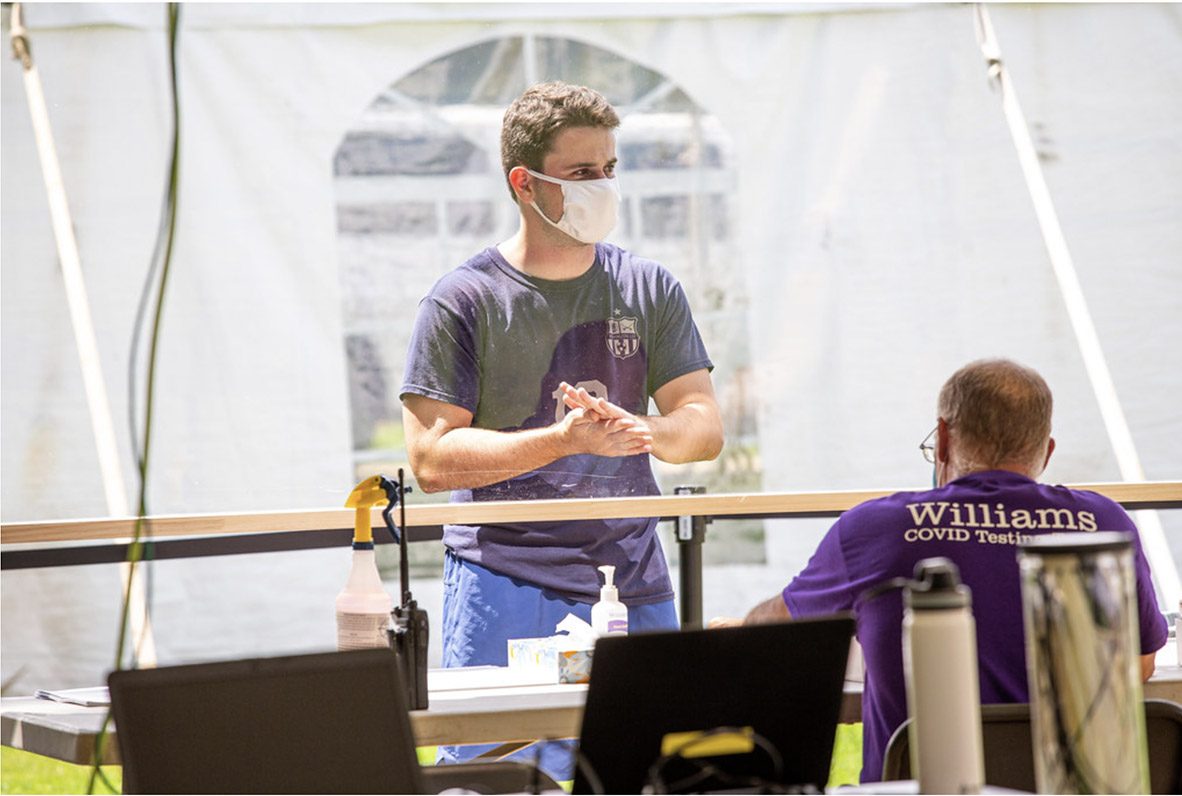
Since Aug. 17, when the program began, Broad has processed almost 27,000 tests from Williams. Only five – four students and one employee – have been positive.
Of course, testing alone doesn’t account for these extremely low rates of Covid-19. It’s only one component of a broader program that also includes mandatory masking, physical distancing, take-out dining halls and a ban on large indoor gatherings.
Not every college or school system has the resources to test all students on a regular basis. But even limited testing can still serve as an effective tool for controlling viral spread in educational settings.
New York City’s public schools recently returned to in-person classes. In a city that was the early U.S. epicenter of the crisis, the schools – which count 1.1 million students – are using random testing to ensure classrooms don’t act as kindling for a new viral surge.
In the first week of testing, data revealed a surprising result: Of more than 16,000 students and staff tested, only 28 were positive. Even when officials brought mobile testing to schools near Brooklyn and Queens neighborhoods experiencing new outbreaks, more than 3,000 tests yielded but four cases.
These results should give us all hope. If parents feel confident schools are safe, they’ll be more willing to send their children back. That will free many parents to return to work, which will, in turn, help kickstart our economy.
At OMRF, we have access to expertise and scientific equipment most businesses do not. As a result, we’re fortunate enough to be able to implement our own in-house testing program. Beginning Monday, we’ll be performing weekly tests on all employees not working remotely.
Like Williams College, our plan is not to use testing as a substitute for masking, handwashing, physical distancing and other methods we’re already employing to control the virus. However, we believe it will add another layer to those protections, helping us to identify any infections earlier and to minimize or eliminate ensuing spread to other OMRF employees.
Especially with new CDC guidance this past week expanding the definition of who is a “close contact” for purposes of potential infection, testing will provide OMRF staff with further assurance that when they come to work, they’re entering a safe environment. This knowledge will, we hope, supply peace of mind that will enable them to concentrate on studying human disease, rather than on whether they might contract one from their coworkers.
Creating safe environments is paramount to avoiding the dark pandemic seasons that loom. But it is not enough. To map a path back to the world we knew, people must also feel confident they are safe. Only then can spring arrive.
—
Get Dr. Prescott’s column delivered to your inbox each Sunday — sign up here.
